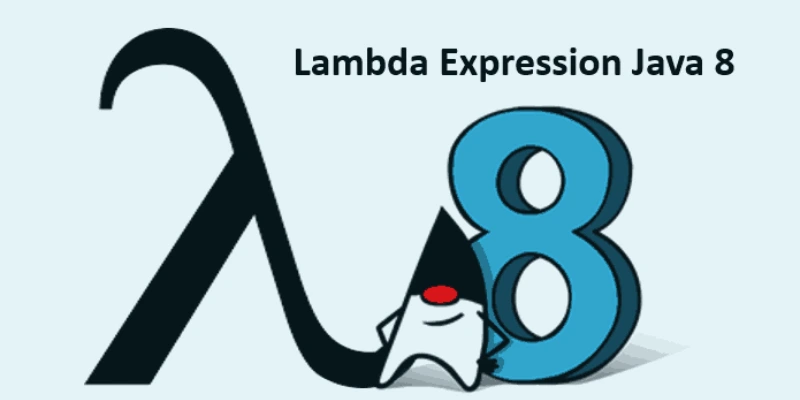
Java 8 introduced a game-changing feature known as lambda expressions. These simplified the way Java developers write code by bringing in a more functional style. Instead of relying on verbose anonymous inner classes, developers could now write short and expressive code that is easier to read and maintain. This helped reduce unnecessary boilerplate and made logic implementation much faster. If you’re aiming to understand this transition in a hands-on way, enrolling in a structured Java Classes in Pune can offer the right mix of theory and guided practice to strengthen your skills.
Lambda Expression in Java
Lambda expressions let you write methods in a more compact way. They are commonly used to pass behavior as a parameter to functions. This becomes especially useful when working with Java’s functional interfaces, which contain a single abstract method.
One of the most common uses of lambda expressions is in list operations. Instead of relying on traditional loops, developers can write concise one-line expressions to sort, filter, or transform collections. This approach not only shortens the code but also enhances readability and makes debugging easier. To build confidence in using these modern Java techniques, many learners engage in real-time coding exercises—a practice often emphasized in project-driven sessions as part of a comprehensive Java Course in Mumbai.
Lambda Expressions in Java
These expressions integrate perfectly with functional interfaces like Runnable, Callable, or Comparator. By making your code more declarative, lambdas allow you to describe what you want to do rather than how to do it. This shift helps make logic more intuitive and the code easier to test and refactor. Lambdas are often used with the Java Streams API. Together, they allow developers to process data collections using operations like map, filter, and reduce. This makes it simple to handle large datasets in a functional and clean way.
Benefits of Using Lambda Expressions
One of the biggest advantages of lambda expressions is their ability to simplify code. Instead of writing multiple lines to define methods or classes, developers can express logic in just a single line. This becomes especially powerful when logic needs to be passed around within the application. Lambdas also pair well with parallel processing using streams, tasks can be distributed across multiple cores without writing complex threading code. This leads to better performance, particularly in data-intensive applications. For those exploring effective Ways To Optimize Performance In Java, lambda expressions and stream APIs offer a modern, efficient approach.
Functional Interfaces and Their Role
Functional interfaces are what make lambda expressions work. They serve as the target types for lambdas and are defined with only one abstract method. Java 8 provides a rich set of built-in functional interfaces in the java.util.function package.
Some common functional interfaces include Predicate, which checks conditions; Function, which transforms input into output; and Consumer, which performs actions. These are used in various combinations to perform operations on collections, user inputs, or API responses. Understanding how to utilize these interfaces in real-world code is a valuable skill, often emphasized in practical training modules offered through Java Training in Trivandrum, where learning is driven by examples and exercises.
Beyond Java 8: Enhancements in Later Versions
Lambda expressions didn’t stop evolving with Java 8. Later versions added more features to make them even better. Java 9 introduced methods like takeWhile and dropWhile, which give more control when processing streams. Java 10 and 11 improved how types are inferred, making lambda syntax more flexible. One useful feature is the ability to use the var keyword in lambda parameters, added in Java 11. This makes it easier to apply annotations and keep code consistent, especially in large teams. All these additions ensure that lambda expressions continue to be a modern and powerful tool.
Common Mistakes and Best Practices
While lambda expressions make code shorter, they can also lead to confusion if overused. It’s important not to nest too many lambdas inside each other, as this can make code hard to follow. Also, not every situation benefits from a functional approach. Sometimes a regular loop or method is more appropriate. To write clean and effective lambda expressions, developers should focus on clarity and avoid trying to be too clever. Documenting complex expressions and testing them thoroughly are also essential practices. Keeping code readable ensures better collaboration and maintenance in team projects.
Mastering these nuances helps developers write high-quality code and is often reinforced through collaborative environments like code reviews, hands-on workshops, and structured exercises. These are commonly part of a well-designed Java Training in Kolkata, where learners get practical exposure. Lambda expressions have significantly changed how Java developers write code by enabling shorter, more readable, and maintainable programs. Whether you’re building a simple tool or a complex system, using lambda expressions can lead to cleaner and more efficient Java code
Also Check: Microservices Architecture with Java
